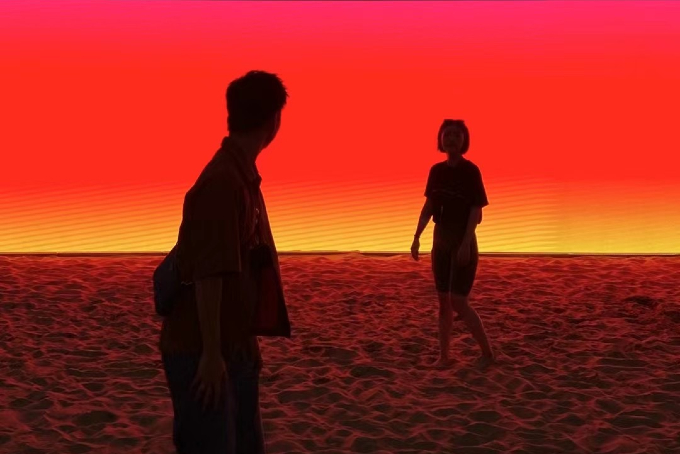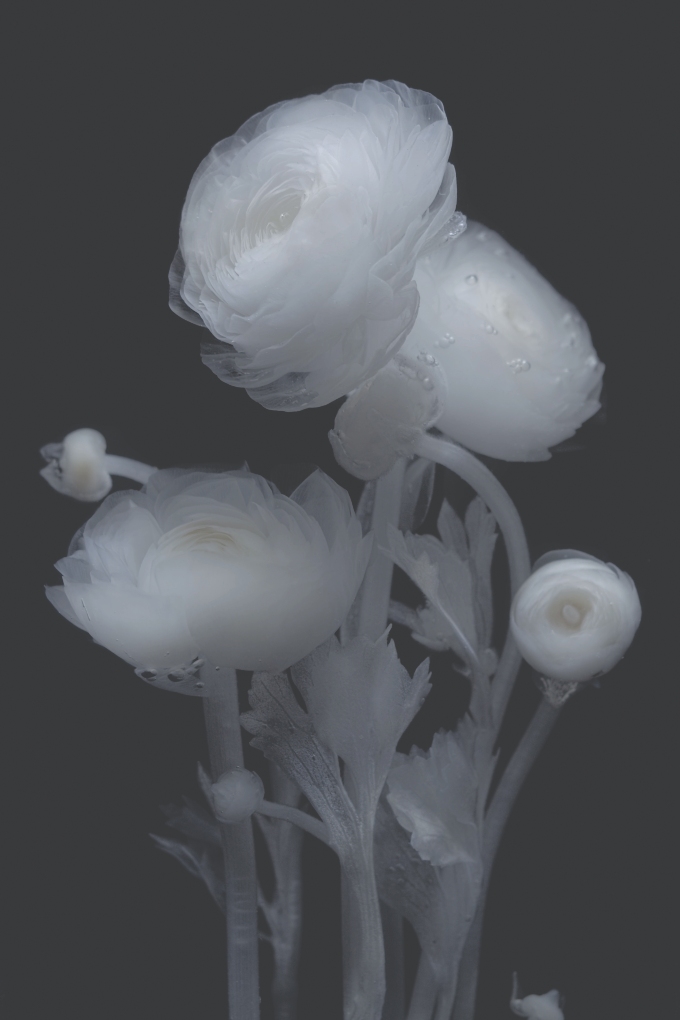The first mentions of the metaverse were in Neal Stephenson’s 1992 sci-fi novel, Snow Crash. Originally envisioned as a virtual reality-based successor to the Internet, the term has since evolved to encapsulate the events that take place online, offline and everywhere else in-between. While the metaverse is still in its early days, it is imagined as a new lifestyle, where our digital and physical lives are indistinguishable from one another.
The first Non-Fungible Token (NFT) to be minted was ‘Quantum’ by Kevin McCoy. The pixelated image of a pulsing octagon filled with denoting circles is representative of the first generation of NFTs, where artworks were mainly 2D pictures or videos. As technology evolved, we see more 3D and augmented reality works coming into play. There has also been a shift in the mindset of NFT collectors, from procuring them simply to admire them to evaluating their functional value. And at this intersection of art and function, we have the fashion world, where luxury designs are already reflective of the exclusivity NFTs bring to the space.
There are signs as to how such a way of life may play out. In August 2021, French fashion house Balmain partnered with Singapore-based gaming company Altava to create ‘Flame Dress’, a Vogue Singapore-exclusive NFT. The melding of fashion and technology is but a sign of what’s to come, and something that contributing metaverse editor for our ‘Grace’ issue, Krista Kim, is more than familiar with. Her breakout art piece, the virtual home Mars House, marries art and architecture in the metaverse and is now in the process of becoming a physical object. Here, whether an item has its roots in the physical or the digital realm is of little significance, as the future of both is connected and fluid.
As the metaverse unfolds and takes shape, Krista Kim speaks to Vogue Singapore about her journey on the metaverse, her interactions with the NFT community and what the future holds for the metaverse.
Tell us about your journey into the NFT space—when did you hear about NFTs and what made you decide to mint your creations for sale as NFTs?
I first began studying Bitcoin and Ethereum in December last year for my own investment portfolio. The transparency and efficiency of Blockchain attracted me to venture into the NFT space and I minted my first artwork on SuperRare in February. After studying the market, I realised that the next generation of NFTs would be 3D digital programmable assets and that drove me to mint Mars House as the first metaverse home in NFT history. The art piece sold for a record 288ETH (about U$514,000) and that was the moment I knew I had truly arrived in the metaverse.




What has been your experience in reaching out, connecting and building relationships with collectors and creators in the NFT community?
Twitter is the platform of choice for the NFT community. As an artist, you must approach the NFT market as a brand and community building project as opposed to simply posting artworks and having limited engagement with your audience. The NFT community is small, but it is a close knit one and I engage with them daily through Twitter. Interaction and collaboration are key, and we should view the NFT space as a community as opposed to an online marketplace.
Is the NFT space a gracious one? What changes and development do you hope to see in this realm?
The metaverse would be a place of grace with intention. As artists, we are involved at the forefront of this creation and we should develop it into one that is humane and inspirational, as opposed to being a giant shopping mall of hyper consumerism. Here, we are not bound by the limitations of the physical world, and this is an opportunity to create a new civilisation that is positive and transcendent.
“It sounds like uncharted territory, but the future is sooner than you think”
At present, our actions in real life inform the way we make decisions in the metaverse. Soon, the reverse may be true. The digital and physical worlds will be connected and we may even see online products being fully integrated in real life commerce. The metaverse is centred around community and being here, we must be open to co-creation and collaboration. It is a human-centred paradigm shift and that to me, is grace.




What excites you the most about the future of NFTs and where does fashion fit into this picture?
Digital NFT fashion in the metaverse is something that I am looking forward to. An augmented reality lifestyle is one with fully interoperable 3D digital assets, such as fashion and jewellery. We will have clothes that change colour and design according to the weather. We can even watch fashion shows with AR glasses on to experience fashion that responds to our imagination. It sounds like uncharted territory, but the future is sooner than you think.
You’ve chosen to feature the works of Luna Ikuta in this issue of Vogue Singapore. What drew you to her work and how does it tie in with the idea of ‘Grace’?



I was first entranced by the ghostly white glow of Ikuta’s Ikebana arrangement. There was something mysterious about it that drew me in to take a closer look and I became an immediate fan. The message behind her work is “beauty and immortalisation in the NFT” and is as important as her technique and art. Her work encapsulates the themes surrounding immortalisation—the preservation of beauty through eternity with the use of NFTs in the metaverse. Our relationship with nature has evolved into a hybrid of science, art, digital technology and spirituality. To me, this is grace.
For more stories like this, subscribe to the print edition of Vogue Singapore.





